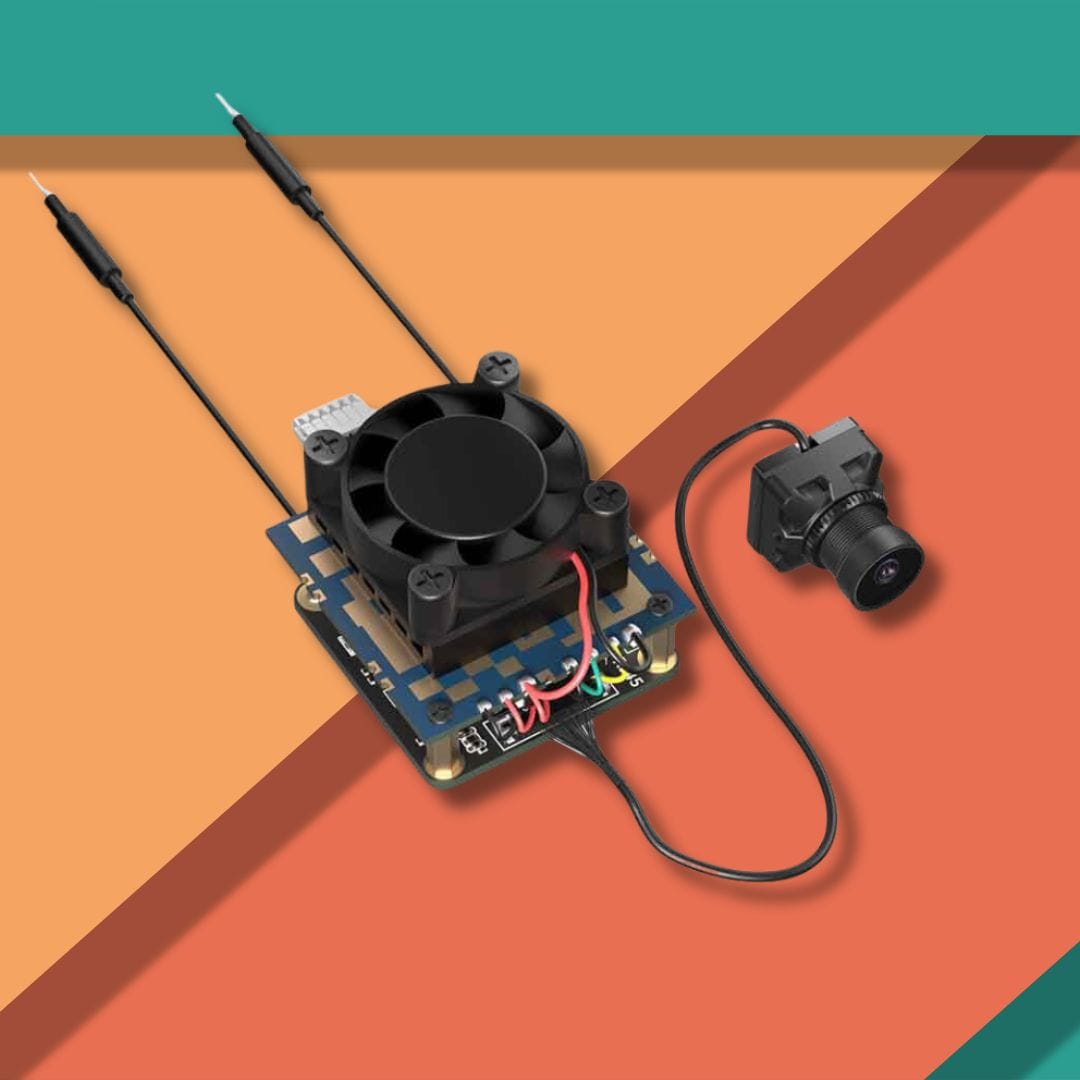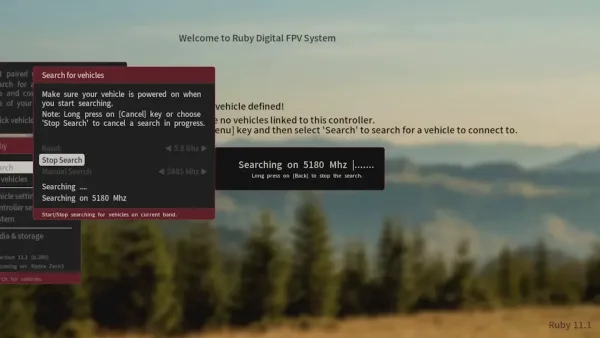The First Person View (FPV) drone community has long been anticipating a digital HD system that combines high performance with affordability. OpenIPC, an open-source project for IP cameras, has been a promising solution for some time. Now, RunCam's new WiFiLink system, based on OpenIPC, is poised to bring this technology to the mainstream FPV market. This development sets a new direction for digital HD FPV, offering an open-source platform with costs similar to traditional analog FPV systems.
Understanding OpenIPC
Before delving into RunCam's WiFiLink, it's crucial to understand the foundation it's built upon: OpenIPC.
OpenIPC is an open-source firmware specifically designed for IP cameras. It aims to replace the often unsupported, closed, and opaque firmware that vendors typically pre-install. OpenIPC offers transparency and broader compatibility, catering to a diverse range of processors. Its capabilities extend beyond simple firmware replacement, offering features like direct streaming to platforms such as YouTube and Telegram, and even supporting external cloud storage.
Why OpenIPC
- Native H265 Encoding Support: OpenIPC's compatibility with specific cameras, notably the gk7205v200/300-IMX307/355, allows for native H265 encoding. This advanced encoding significantly improves FPV system performance, ensuring higher quality video streams at reduced bitrates compared to older codecs.
- High-Definition Video Transmission: OpenIPC ensures the video feed from the camera is of high-definition quality, crucial for FPV applications.
- Real-time Low-Latency Link: When combined with systems like WFB-NG (WiFi Broadcast - Next Generation), OpenIPC promises a video link with minimal latency, essential for precise navigation and control in FPV flying.
- Cost-Effective Solution: OpenIPC's compatibility with a wide range of affordable IP cameras makes it a budget-friendly option for those seeking superior FPV systems.
- Unparalleled Flexibility: OpenIPC allows users to customize camera features and settings to perfectly align with their unique FPV requirements.
RunCam's WiFiLink
RunCam's adoption of OpenIPC for their WiFiLink system marks a significant milestone. As a major player in the FPV camera market, RunCam's involvement brings credibility and accessibility to OpenIPC technology. The WiFiLink system stands out in several key areas:
- Open-Source Foundation: Built on the established OpenIPC platform, WiFiLink continues the spirit of community-driven development and customization.
- Affordable HD Quality: By offering high-definition video at prices comparable to analog systems, WiFiLink makes HD FPV accessible to a broader audience.
- Low Latency: Essential for precise control, the system aims to deliver HD video with minimal delay.
- Flexible Configuration: With support for various resolutions (up to 1080p@90FPS) and a wide voltage range (9-30V), WiFiLink adapts to diverse setups.
- Compact Design: At just 30g and with a small footprint, it's suitable for a range of drone sizes.

Technical Specifications
- Image Sensor: IMX415
- Field of View: 160°
- Resolution Options: 1080P@60FPS, 1080P@90FPS, 720P@120FPS
- Power Range: 9-30V (compatible with 3S-6S batteries)
- Antenna: IPEX1 (5G) with 29dBm power amplifier




Where to Buy
Growing Ecosystem and Industry Support
One of the most exciting aspects of the WiFiLink system is the growing ecosystem of compatible products. Innovators like MarioFPV have already begun producing compatible hardware, demonstrating the system's potential for widespread adoption.
The entry of RunCam, a major player in the FPV manufacturing space, into this ecosystem is a significant development. As a large and respected FPV manufacturer, RunCam's support lends credibility to the OpenIPC-based system and could encourage other companies to follow suit.
This growing support is reminiscent of the early days of the ELRS (ExpressLRS) project. As more manufacturers offer WiFiLink-compatible products, we can expect to see increased innovation, improved performance, and greater accessibility for users – much like what happened with ELRS.
The ELRS Trajectory
The development of WiFiLink draws parallels to the ExpressLRS (ELRS) project, which has become a standard in long-range RC systems. Like ELRS in its early days, WiFiLink is currently in a phase where it may be more appealing to tech-savvy users comfortable with some tinkering.
However, if WiFiLink can deliver on its promise of affordable, low-latency HD FPV, it has the potential to follow ELRS's trajectory to become the new standard in FPV systems. The open-source nature of the project means that, like ELRS, it can benefit from community contributions, rapidly improving and adapting to user needs.
Current Challenges and Future Potential
As with any new technology, WiFiLink faces some initial hurdles:
- Technical Complexity: The current setup process involves steps like driver reconfiguration and key file management, which may be daunting for newcomers.
- Compatibility: Users need to ensure their ground station equipment is compatible or be willing to adapt.
- Performance Optimization: As the system matures, users and developers will likely work on optimizing video quality and latency.
Despite these challenges, the potential benefits of WiFiLink are significant. If it can maintain its development momentum and community support, we could see rapid improvements in usability and performance.
As the FPV community continues to embrace and develop open-source solutions like OpenIPC and WFB-NG, we can expect to see rapid advancements in digital HD FPV technology. RunCam's WiFiLink is just the beginning of what promises to be an exciting new era in FPV flying.







